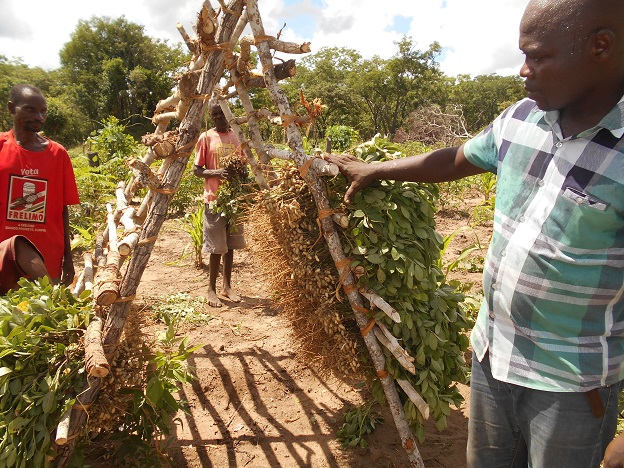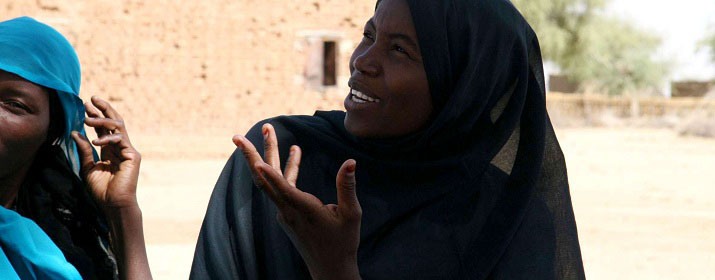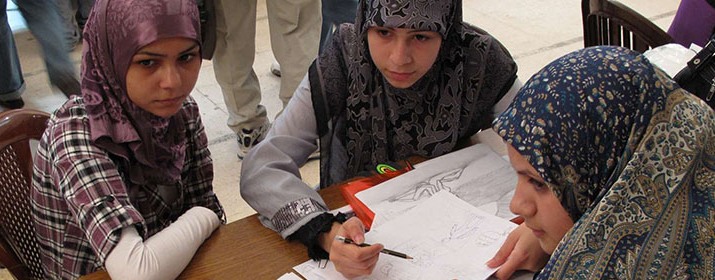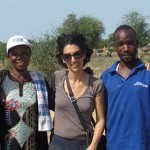In Zambezia, in Pebane and Gilé Districts where we are working to fight deforestation, protect biodiversity and develop domestic agriculture, peanuts are amongst the most widespread cultivations. Peanuts have a good penetration in the markets and being within the dried fruit category should be easy to conserve. Nevertheless, in central Mozambique where the climate is divided in two main seasons, the dry and rainy season, a correct food conservation is quite challenging: plants grow and ripen during the rainy season and with a humidity rate at 80% it’s hard to dry and preserve food. Concerning peanuts, seeds are the eatable and saleable part: they grow directly underground and therefore they are already planted and ready to germinate.
Peanuts are traditionally extracted from the ground and laid in the sun to dry, with children in charge to supervise and move them quickly every time it rains. Even if the process is managed in the most accurate way, part of the harvest can be damaged by toxic mildews, namely aflatoxins, that develop with humidity and in wet environments. Aflatoxins are dangerous for the health and since the product is no more saleable, the price on the market lowers and it’s penalized even in the following years based on the area of production.
One of the activities we are implementing in the project in support of Gilé communities includes the introduction and usage of driers. With a shape similar to tents and built with local materials, driers keep plants away from the soil and the leaves are used to cover them, in order to protect them from the rain and avoid mildew formation, continuous moving and germination. Peanuts can then dry following a safe and controlled process, and can be sold in the market or used in the following year as seeds. The Administrator of Pebane organized a visit to the fields where we are implementing the project, largely appreciating this method and the new driers.
Zambesia | Introduction of driers to conserve peanuts









